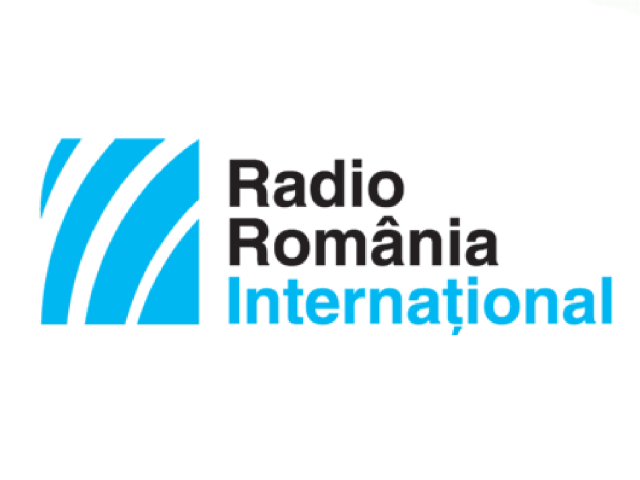The beginnings of Romanian language as church language
The circulation of books and translations across the Romanian territories until the emergence of the modern state was closely connected to the Church

Steliu Lambru, 11.07.2020, 14:00
Alongside education and health-care, the circulation of books and translations across the Romanian territories until the emergence of the modern state was closely connected to the Church as an institution and religion in general. Books had a double purpose: to intellectually and theologically form a man of God and to bring religious teachings closer to all believers. One of the characteristics of the religious reform in the Christian world of the 16th century was the translation of the Bible into the local languages. In this way, the prestige of the classical languages, Latin in the west and Greek and Slavonic in the east, dropped, because ordinary people wanted to understand what was said during the religious services.
In the Christian-Orthodox space, which the Romanian territories were part of, geo-culturally controlled by the Ottoman model, religious reform was slow. However, the changes coming from the West started to be felt and the clergy and the church hierarchs started listening to believers’ wishes. Under the influence of Lutheranism and Calvinism, the orthodox deacon Coresi translated the four Christian gospels and printed them in Brasov, between 1556 and 1583. Translator Policarp Chitulescu told us how the history of translations into Romanian of Christian sacred texts started in the 1640s.
The care and love of those who taught the gospels, their interest in rendering the word of God as accurately as possible led to the occurrence of translations for the enlightenment of the many. The sources of the translations made in the Romanian territories can be found in the Byzantine culture. Even if, at a certain point in time, the Romanians turned towards the Slavic culture, which became very strong and influenced the Romanian culture, that too was essentially byzantine. The texts would reach the Romanian space via Athos and Constantinople, also because Romanians were dependent on the Ecumenical Patriarchy of Constantinople. Resorting to the Byzantine text would render the translations authentic.
Religious culture in the Romanian territories moved slowly along the path opened by the Reform. According to historians, that hesitation can be explained by the fact that there were fears that the reformed proselytism would spread. In the next centuries, Romanian orthodoxy would firmly head towards what was described as the ‘Romanianization’ of the liturgical language. Policarp Chitulescu has more:
What happened was that ordinary people were given access to the divine message. Although Romanians did not have the masses and liturgy in the Romanian language, that did not mean that Romanian was not spoken in church. Chronicles, sermons and evangelistic preaching were all in Romanian and they were actually the first compilations of texts printed with no fear. The Govora evangelistic preaching was printed in 1642 and that opened the path to the texts explaining the Gospel. There followed the need for printing presses, adding to the copying workshops, whose activity did not stop until the 20th century.
The Church hierarchy became growingly convinced that passing from Slavonic to Romanian was bringing believers closer to God. Policarp Chitulescu told us that the religious leaders encouraged translations and printings in Romanian.
The first steps towards introducing the Romanian language in the religious services, which were only allowed in Greek, Slavonic, Hebrew and Latin, were taken with lots of caution and patience. The Metropolitan Bishop of Wallachia, Stephan, was a scholar, and he would host theological debates at his metropolitan seat in Targoviste. From him we have a beautiful manuscript, in Slavonic, Greek and Romanian. He was the first to say the Creed in church in Romanian. Also, he had many initiatives to have all priests in his churches and monasteries serve in the same way.
Once the fear of proselytism gone, the trend was continued until the appearance of the Bible in Romanian, in Bucharest in 1688. Here is Policarp Chitulescu once again:
Another hierarch who took a step forward was the metropolitan bishop Theodosius of Wallachia. He was the one that would tacitly encourage the introduction of the Romanian language in church. In 1960 he printed something new, as compared to Stephan, who had printed several texts, but not the liturgy in Romanian. Theodosius printed the liturgy, translated from Greek, to be used by all priests and deacons. He also blessed the first Holy Scripture in Romanian, in 1688.
In the early 18th century, the change had become irreversible. The Romanian language had replaced the Slavonic language in the religious services in the Orthodox churches.






























